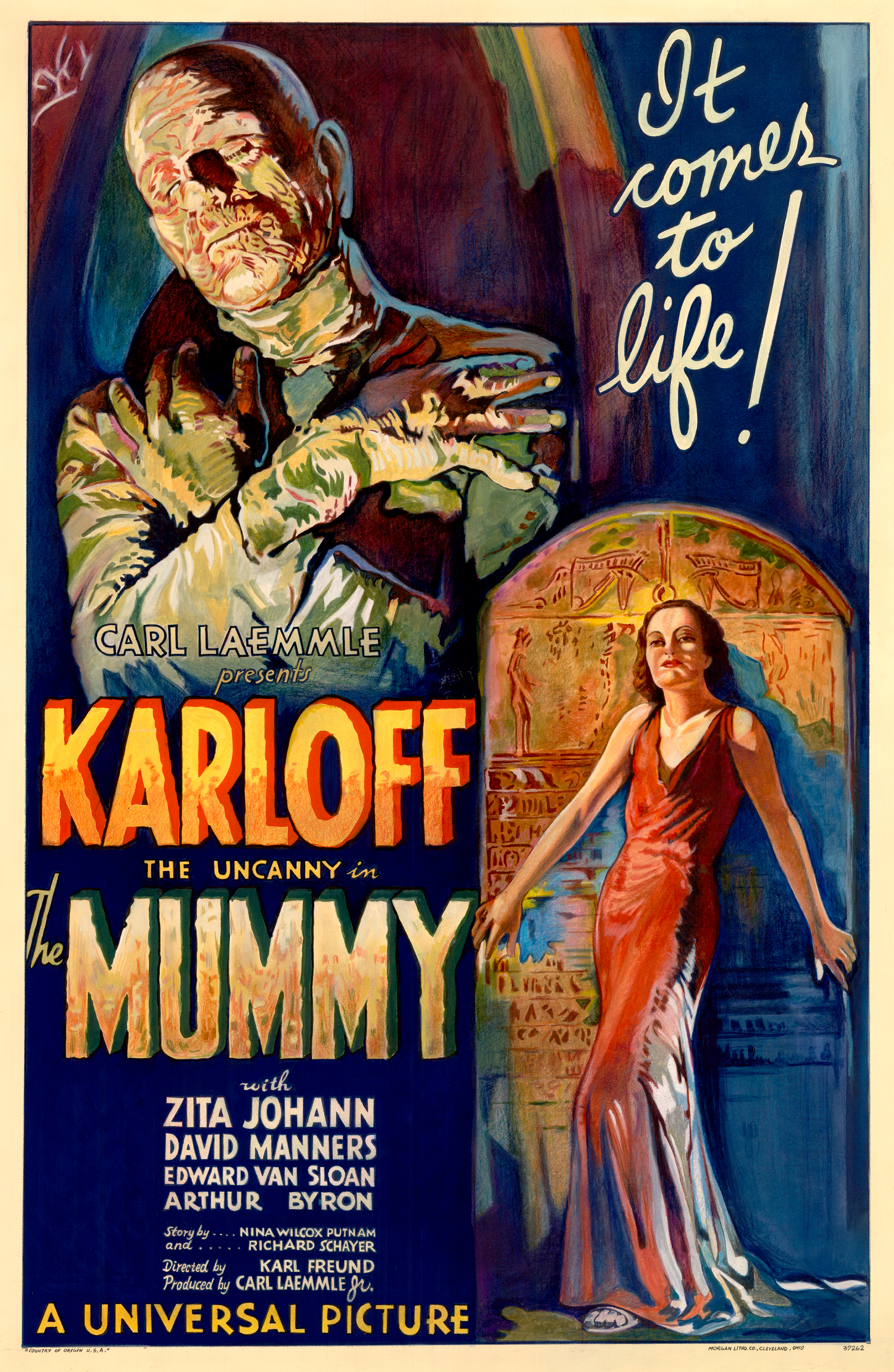The assignment: select TWO artifacts that are composed of different types of material, both organic and inorganic. These can come from your home, from a book, from online, from a museum—you don’t necessarily need to be able to touch them. Then:
- Describe the artifacts. If possible, take a picture and upload it with your assignment.
- Imagine these artifacts were buried in three different places: a) Egypt, b) where you live, and c) anywhere else on earth you choose.
- Describe the general environmental and climatic conditions, and the possible specific matrices in which they would be found.
- Assess what you think would survive from these artifacts and what would disappear in those three different environments after 100 years.
- Compare the two artifacts for durability.
Marshalltown now makes pointed trowels especially for archaeological use (in two styles, "London" and "Philadelphia") and a belt-holster to keep one handy. Because each is made of a combination of organic and inorganic materials, I thought they would make appropriate artifacts for this exercise.
The trowel is made of high carbon steel and hardwood. The wooden handle is probably attached to the metal with acrylic carpenter's glue. The holster is stitched leather, with unspecified metal rivets and a "long-wearing protective insert" which looks to be some kind of heavy plastic. The organic wood and leather, and possibly the stitching, coupled with the inorganic metal bits would react differently to different conditions. The context I'm applying to all of the conditions described below is a dig--one logical place for these objects to be found--but the environmental conditions of the imaginary digs differ.
If found in Egypt, say at Abydos, it's likely that the metal parts of each would survive quite well, as would the leather, plastic, and the stitching around the holster. The wooden handle, however, could succumb to the termite problem mentioned in the "What Survives" video. The desert conditions would probably make the leather holster less supple, but it shouldn't decay significantly. If an archaeologist had left the trowel and holster behind in Abydos, the termites would probably obliterate the handle while leaving the metal bits relatively unaffected. If the "protective insert" is made of plastic, that might become brittle and perhaps crack, but not disintegrate. Does plastic ever truly disintegrate?
If the trowel and holster were found at a dig in the Dallas area of north Texas, where I live, the environment is less stable, subject to extremes of drought and precipitation, tornadic activity, and floods. The soil is typically dense clay, covering caliche (hardened calcium carbonate; Texas spent a significant part of its natural history under water). When it rains heavily, the soil gets saturated and dries slowly, but then hardens and cracks. These processes over time would probably drive the objects deeper into the soil than where they were deposited, and cause deterioration in the organic materials and rusting of the metal bits. My house is ninety years old, and periodically the garden produces bits of glass and metal, but never any organic materials.
The third environment I'd like to place my trowel and holster in is the Owens River Valley in California, where I was born. It lies in the high desert between the Sierras and the Inyos, and most of the surface soil is decomposed granite overlying volcanic materials. It is quite dry, and if the objects were to be found near the surface, the conditions might resemble those at Abydos. However, the area also lies above several fault lines, and the lower part of the valley consists of a large fault block which could disrupt the matrix significantly were a major earthquake to occur. While it's unlikely that such an event would break the trowel, it might separate the handle from the metal--and it might move the artifacts lower into the more moisture laden substrate. An earthquake might also alter the course of the river and disrupt the Los Angeles aqueduct, adding much more water to the context than now exists.
Both of these artifacts are potentially quite durable. My own trowel, thirty years later, is a bit rusty, but the handle is still attached and the only apparent damage is to the tip, which has been broken off (at a dig in New Jersey) and worn smooth. If I wanted to use it seriously, I'd have to have it resharpened. The holster's durability would be the most in question, and depend more on environmental conditions than anything but the wooden handle of the trowel.
Further note: this essay drew positive comments, including one from another lapsed archaeologist who also uses his/her trowel for gardening. The photo was taken this morning with my iPhone--after I'd been doing a typological exercise (sorting through twelve years of detritus in the shed). I went out to look for the trowel, got involved in clearing out the shed and garage so we can convert the latter into a studio, and didn't find the trowel until five hours later, when I was too hot and tired to do any more excavating.


